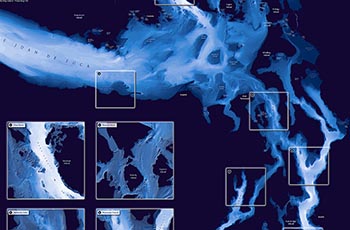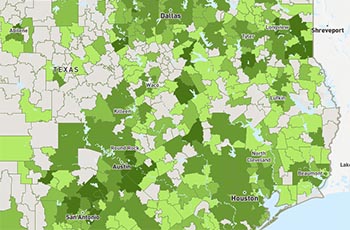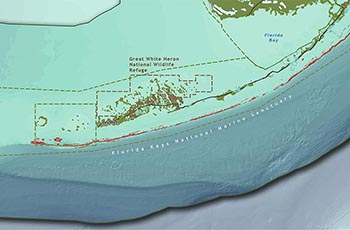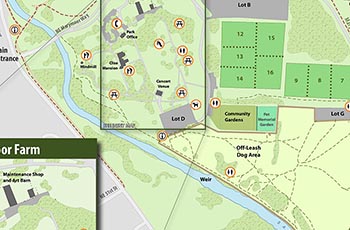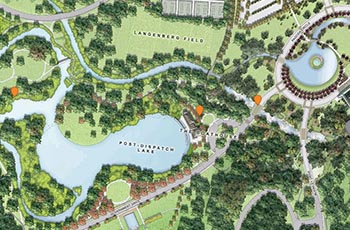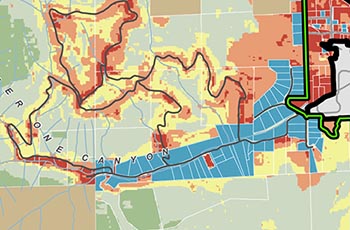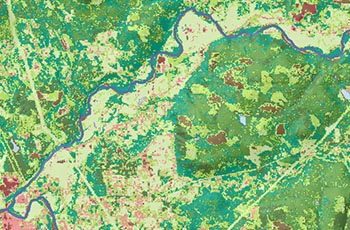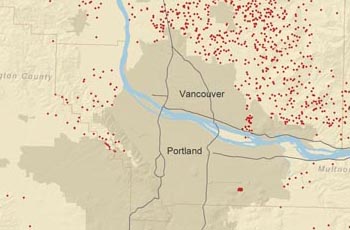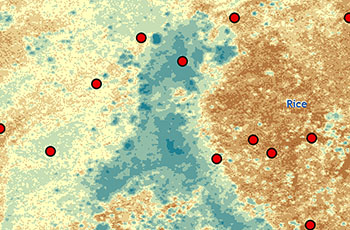
Matt Stevenson
Matt specializes in cartography, spatial analysis, web mapping, conservation planning, and GIS project management. He works primarily with government agencies and non-profits focused on conservation and restoration. Matt has twenty years of experience using GIS to convey complex spatial information with striking cartography and eye-catching graphics. He holds a B.S. in Public Planning from Northern Arizona University and a Masters in Urban Planning from the University of Washington.
View Portfolio